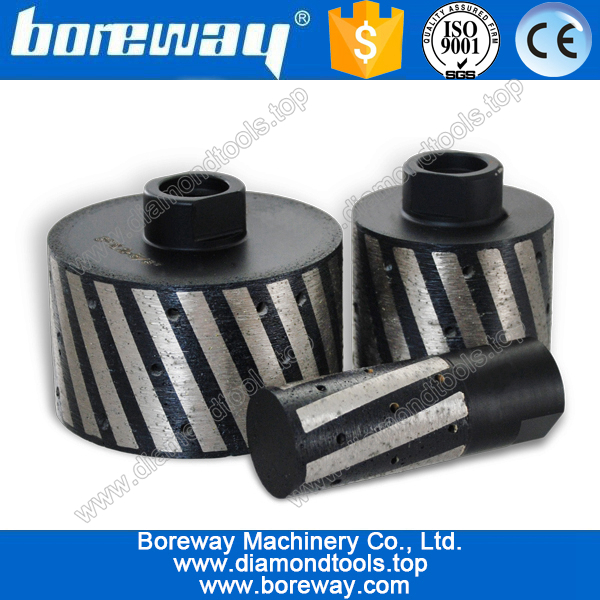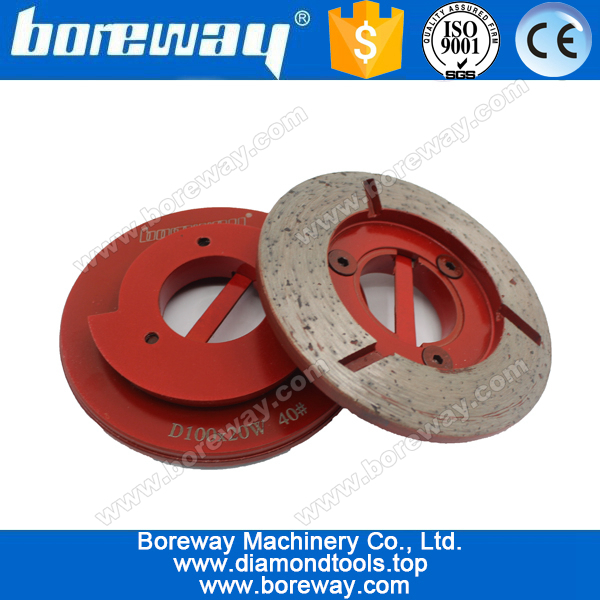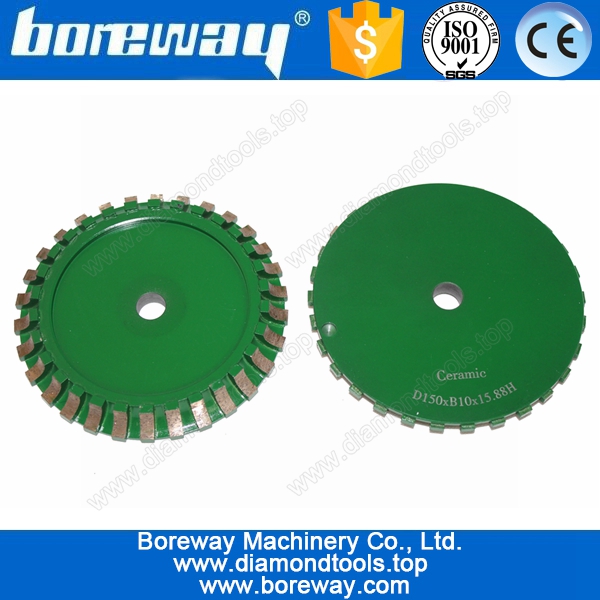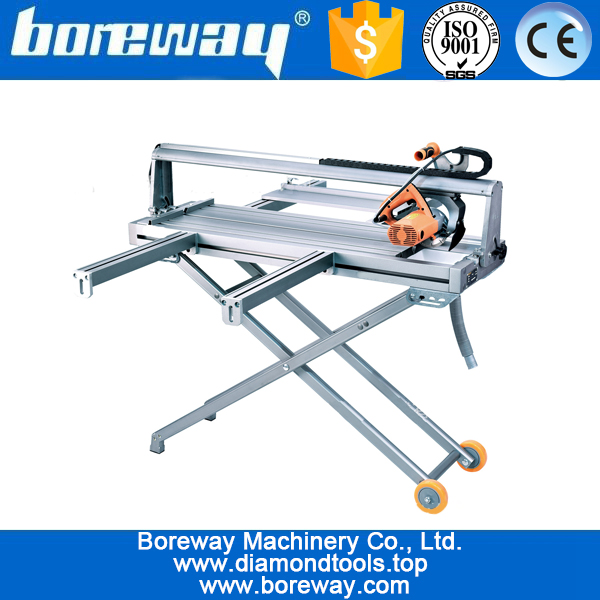Are the litchi surface grinding wheels and discs used on the above machines?
vacuum brazing, broken grains, the more teeth, the finer the litchi surface.
The surface of litchi can be used in the grinding discs of hand-held machines, grinding discs of hand-held machines, automatic grinding machines, sinking grinding discs, floor grinding machines, etc.
Litchi surface processing tools include: pneumatic hammer, pneumatic engraving machine, lychee surface hand hammer, square lychee surface hammer, cylindrical hammer, diamond pen.
The lychee face hammer is a tool for knocking on lychee face like a hammer. It is composed of a hammer head and hammer handle with litchi face. Hammer handles are usually made of wooden handles, but they are also made of carbon fiber handles.
The bush hammer surface is a kind of processing tool that is relatively wasteful of labor. Now, if you want to make the lychee noodle effect, use handheld or hand-held grinding machines, etc., to free your hands, improve efficiency, and be durable, fast and safe.
The automatic litchi noodle machine is replacing the traditional litchi noodle hand hammer or the backward processing technology of pneumatic hammer to knock the litchi noodles, and has been widely used in the processing of litchi noodles.
The surface processing equipment and tools for litchi noodles include fully automatic litchi noodle machine, hand grinder, and air compressor.
The automatic litchi noodle machine is a fully automatic processing equipment for pounding litchi noodles, with high production efficiency and good quality of pounding litchi noodles. The full-automatic lychee noodle machine can be used to make lychee noodles mechanized processing. The staff's labor intensity is low, the working environment is good, the dust is less, the processed products are of good quality, and the lychee noodles are uniform.
The hand grinder is an important auxiliary equipment for knocking litchi noodles. Its price is low and the production efficiency is high. Operators do not need special training, as long as they can use a hand grinder or have a brief training by a special operator, they can operate.
Whether it is a fully automatic litchi noodle machine or a hand-held grinder, an auxiliary device-litchi noodle grinding disc must be installed on the equipment when using them to knock litchi noodles. This is a disc equipped with 3 or more litchi noodle wheels. The air compressor provides the power source for the equipment.
The tip of the cutter head on the diamond grinding head produces a concave-convex surface on the surface of the stone, and the dense concave-convex surface forms a litchi surface. Mostly used on exterior walls

















